


Pollinators are keystone species that are declining worldwide due to various anthropogenic land use changes. Golf courses represent an enormous green space land cover that already provides important natural retreats & ecosystem services, especially in urbanized landscapes, but have a largely untapped potential to support & promote pollinators. This is due to a lack of awareness about the myriad ecological & socioeconomic benefits of supporting honeybees & other pollinators on golf courses, & insufficient guidance on where & how to actually implement pollinator habitat. We address these challenges directly through three interrelated approaches: 1) Document the history & shift in golf course practices & provide golf course managers with actionable rationale & strategies to identify & convert underutilized managed areas into low-managed areas, as a step towards more sustainable land use, potential pollinator habitat, & even cost reduction, 2) Describe the menu of pollinator habitat options on a golf course (from honey-producing apiaries to formal & informal gardens), with guidance on how to recognize & assess the ecological & social benefits that these provide & easy ways to communicate & celebrate these benefits, & 3) Design & build a multifunctional demonstration pollinator garden on a golf course, documenting every step in the process in a way that it can be applied at any site. Working with our client Greener Golf, we went beyond providing information & recommendations to actually demonstrating the application of all of these approaches at Goat Hill Park Golf Course in Oceanside, California.
Caitlin Bates, Remington Gerst, Cade Schafer, Kaitlyn Vreeken
With over 200,000 diverse species, pollinators are keystone organisms in nearly every ecosystem. They provide essential ecosystem services that provide direct & indirect benefits, including pollinating 35% of our food crops & 94% of flowering plants. Despite their contributions to the environment & humans, pollinator populations are declining worldwide due to various anthropogenic causes like land use change & pesticide use. A multi-faceted approach must be taken in order to reverse this decline & maintain the valuable diversity & services provided by pollinators.
Golf courses represent an enormous green space land cover (2 million acres in the United State alone) that already provides important natural retreats & ecosystem services, especially in urbanized landscapes, but have a largely untapped potential to support pollinators. Many courses are beginning to move from resource-intense management toward more sustainable practices, but key challenges to improve habitats for pollinators on golf courses remain. There is a lack of awareness surrounding the myriad of ecological & socioeconomic benefits of supporting honeybees & other pollinators on golf courses, & insufficient guidance on where & how to actually implement pollinator habitat. In order to protect, promote, & propagate pollinators on golf courses, we address these challenges directly through three interrelated approaches:
1) Document the history & shift in golf course practices & provide golf course managers with actionable rationale & strategies to identify & convert underutilized managed areas into lower maintenance areas, as a step towards more sustainable land use, potential pollinator habitat, & even cost reduction.
2) Describe the menu of pollinator habitat options on a golf course (from honey-producing apiaries to formal & informal gardens), with guidance on how to recognize & assess the ecological & social benefits that these provide & easy ways to communicate & celebrate these benefits.
3) Design & build a multifunctional demonstration pollinator garden on a golf course, documenting every step in the process in a way that it can be applied at any site.
Our review of the history & current practices on golf courses makes it clear that high-intensity maintenance does not need to be the norm. Golf has a long-standing connection with nature, but many factors, from war chemicals to televising the sport, has led to the intensification of management. We provide evidence through both quantitative research across courses & case studies outlining golf courses that are now part of a shift toward more sustainable practices. To provide specific guidance on how a course can become a part of this shift, we focus on one relatively simple management action: converting managed underutilized areas on a golf course into lower maintenance areas. There are two main methods to identify underutilized areas on a course that we outline in detail:
1. Observing the course & recording where people regularly go, &
2. Utilizing the DEACON tool from The United States Golf Association (USGA) to map golfers & cart routes.
We demonstrate how using the DEACON tool can also allow managers to actually quantify the benefits of reducing the maintenance level of underutilized areas. These include reducing both water and chemical (fertilizer & pesticide usage), which lowers maintenance & labor costs & has the potential to provide safe ecosystem services & habitat for wildlife & pollinators.
Depending on how they are managed, the different components & acreage of golf courses can serve as safe havens for pollinator species, providing them with resources such as food, water, & shelter. We developed a menu of options for implementing pollinator habitat on courses that allow facilities to choose from a suite of interventions that best suit their specific wants, needs, & individual circumstances:
1. Mixed Species Rough
2. Unmowed Naturalized Area With Wildflowers
3. Formalized Native Pollinator Garden, &
4. Apiaries in Naturalized Areas.
We further document that creating any type of pollinator habitat on golf courses is not only key to sustaining healthy pollinator populations, but can also provide numerous additional benefits for the golf course & local community, including:
To provide both actionable guidance & a specific demonstration of how a golf course can incorporate pollinator habitat we developed a set-by-step guide for designing & implementing a multifunctional pollinator garden that equally meets the needs of key end users. Based on scientific research & previous knowledge, we outline the process in terms of the following steps:
1. Establishing Project Goals & Parameters - key visions or desired outcomes, plus any budget or timeline needs
2. Site Analysis - assess physical site features that will affect design
3. Choosing Design Style & Aesthetic - such as a formal or informal garden design
4. Develop a Multifunctional Plant Palette & Design - choose the plants & layout that
simultaneously meet the needs of three key end users:
5. Design Within a Budget - strategies for designing within different budgets
6. Communicate the Design - using visuals to communicate ideas
7. Implement the Garden - planning for the day, organizing volunteer events & follow up after the garden has been completed
We then apply all the steps to illustrate a real-world case of designing & implementing a high-quality multifunctional pollinator garden in Goat Hill Park golf course in Oceanside, California.
We recommend that all the knowledge & guidance we have gathered be used to inform golf courses on why & how they can become valuable pollinator habitat sites, while also improving golfer experience & overall function & longevity of their course.
Over the course of our project we created several deliverables that serve as tools for promoting & educating people on pollinator conservation efforts on golf courses. Each deliverable aims to ease a course’s or person’s transition into sustainable pollinator-friendly management in a way that is easy, legible, & replicable. From example data collection protocol worksheets to example visual communication tools refined through successful case studies, academic research, & first hand experiences, we hope this collection of deliverables will encourage the golf industry & its followers to more sustainable pollinator friendly lifestyles.
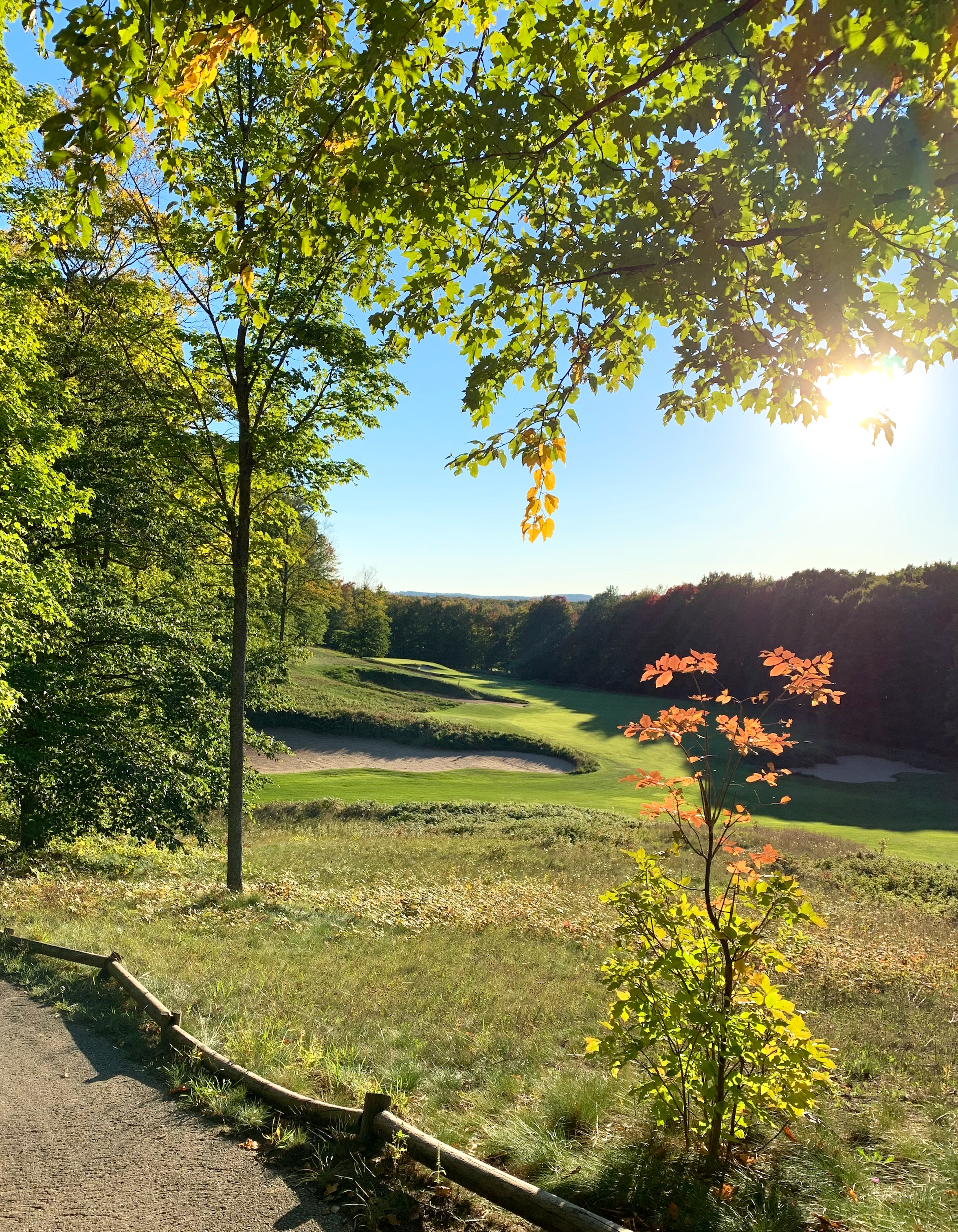
Click the links below to see additional deliverables
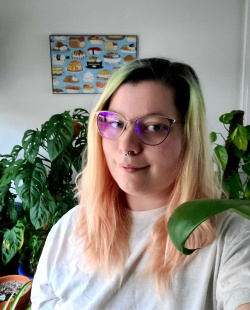
Caitlin Bates received her Master of Landscape Architecture from the School for Environment & Sustainability at the University of Michigan in April 2023. Caitlin earned her B.F.A. in Digital Art and Design in 2018 from Kendall College of Art & Design at Ferris State University. While at the University of Michigan her studies led her to interests in equitable green space, community engagement & restorative design practices.
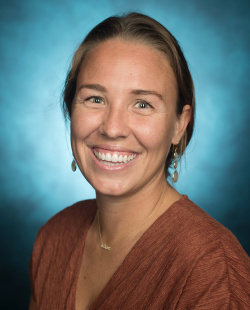
Remington Gerst received her Master of Science from the Human Behavior, Education & Communication graduate program at the University of Michigan School for Environment & Sustainability in April 2023. Remington earned her B.S. in both Sustainable Business & Community Leadership in 2019 from Aquinas College.
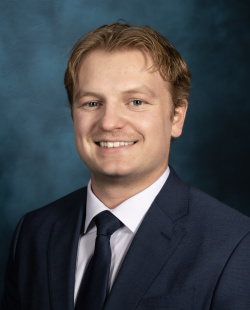
Cade Schafer received his Master of Science from the Ecosystem Science & Management program at the University of Michigan School for Environment & Sustainability in 2023. Prior to this, Cade earned a Bachelor of Science from the University of Michigan in 2022 where he specialized in Wildlife Ecology & Conservation. Cade is interested in helping golf courses implement Best Management Practices within their operation plans. He hopes to showcase the positive environmental, social, & economical impacts that golf courses can have on local ecosystems & communities.
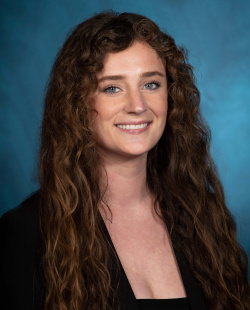
Kaitlyn Vreeken received her Master of Landscape Architecture from the School of Environment & Sustainability at the University of Michigan in April 2023. Her time at Michigan exposed her to her newfound interests in stormwater management & naturalistic planting design. In 2018 Kaitlyn earned her B.S. in both Spanish & Criminal Justice from Indiana University.
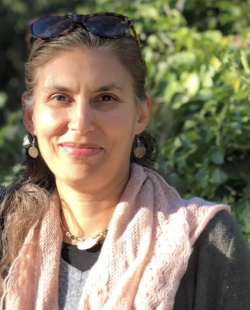
Sheila Schueller teaches graduate-level courses in ecology, conservation, & restoration at the University of Michigan School for the Environment & Sustainability (SEAS). She completed her MS & PhD in Ecology & Evolutionary Biology at UM, specializing in island biogeography, plant ecology, and pollinators. She also has several years of experience as a consultant in evaluation & adaptive management of conservation initiatives. She currently pursues collaborative applied research on sustainable approaches to invasive species management & on the ways managed & built environments (from farms to yards) can support biodiversity & ecosystem services.
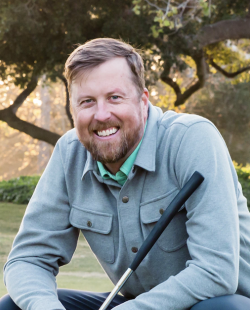
Parker is the founder/president of Greener Golf, a sustainable golf consulting business, that focuses on partnering with nature & promoting the positive narrative of golf in society. He is an experienced beekeeper & pollinator advocate, teacher, & consultant. He strongly believes golf can be utilized as an effective tool for promoting positive social change. He holds master’s degrees in Landscape Architecture (MLA) & Sustainable Systems (MS) from the University of Michigan. Parker served as director of the Hawaii State Junior Golf Association, worked as a PGA professional certified in instruction & golf operations in Palm Desert, the Twin Cities, and Chicago, & competed on various professional golf tours.
This project was able to be successfully completed with the support & guidance of our faculty advisor, graduate student instructors, clients, & partners. We would like to give a sincere thank you to our project advisor, Dr. Sheila Schueller, for her extraordinary support throughout every stage of this project & helping us grow as individuals & professionals within our fields. We would also like to acknowledge Lisa DuRussel for her thoughtful guidance & assistance during the design development process for our pollinator garden, as well as our graduate student instructors Kat Cameron & Michal Russo for being amazing resources throughout the entire project. A special thank you to our client, Parker Anderson, for giving us this unique opportunity to help the game of golf grow in a sustainable way alongside pollinators.
Thank you John & Tam Ashworth, along with the entire Goat Hill team for showing us amazing hospitality & allowing us to conduct meaningful research on their course. A big shout out to the rest of the Goat Hill community, volunteers, & The Fire Pit Collective who helped us showcase & implement our pollinator garden. We also want to thank Rusty Spencer for the photography & videos taken during the garden implementation process.
We want to thank Paul Scott & the rest of the Radrick Farms team for letting us use their course for data collection. We greatly appreciate all of their efforts towards promoting pollinators & becoming a sustainability leader within the golfing industry.
We also extend our appreciation to Shelly Foy, Jeff Kinney, Steven States, and the rest of the USGA team for allowing us to utilize and access their DEACON tool. They were instrumental in helping us acquire & analyze data & were an all-around & great resource through our troubleshooting process.
Lastly, we greatly appreciate the research grants received from SEAS & the Rackham Graduate School to help us with the travel & supplies needed to conduct meaningful research.

